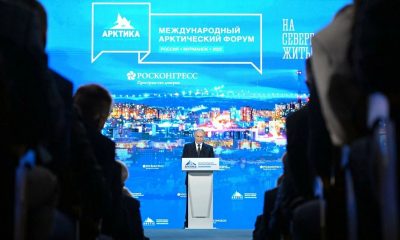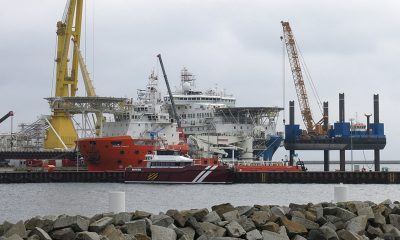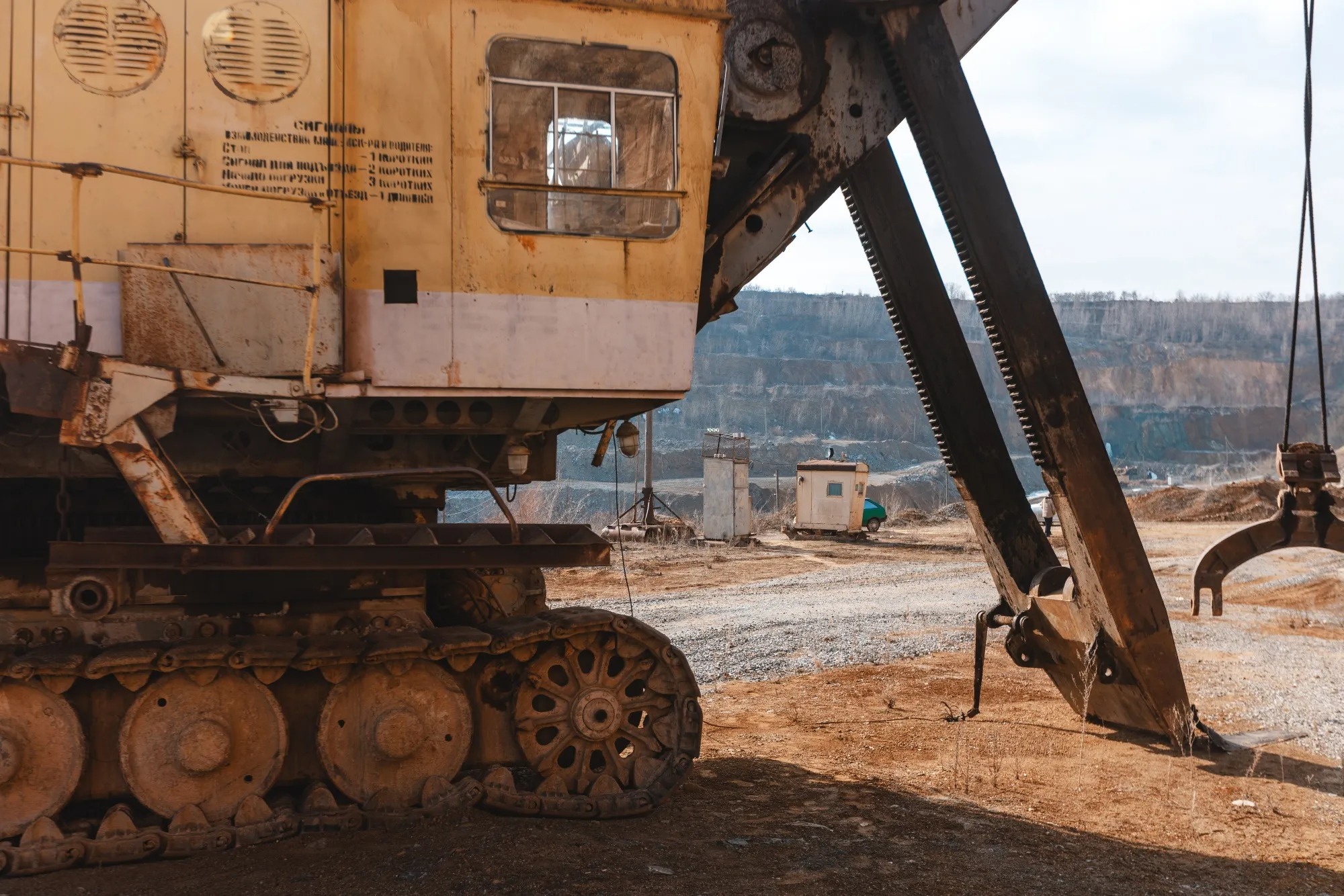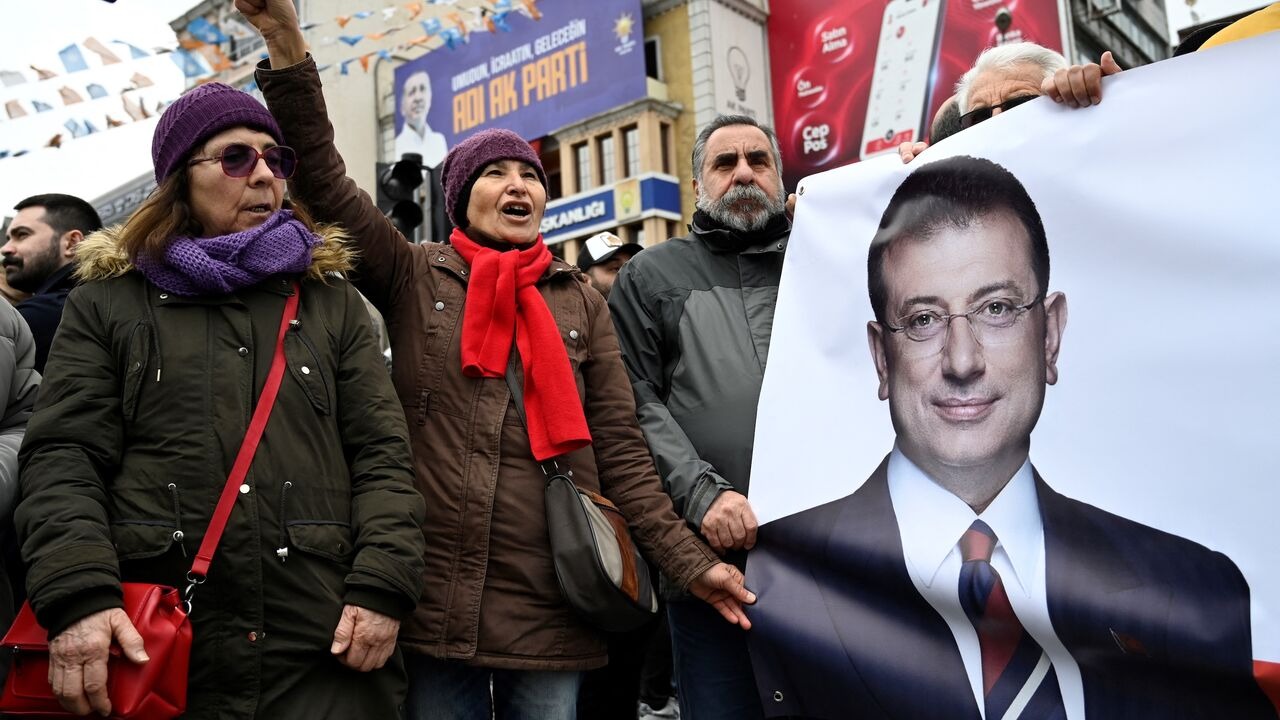The foreign and defence ministers of Japan and the United States on Sunday announced a far-reaching update of their alliance in the face of what they described as “profound global threats” to peace and security.
At a so-called ‘2+2’ meeting in Tokyo, Japanese Foreign Minister Yoko Kamikawa and Defence Minister Minoru Kihara and their US counterparts, Antony Blinken and Lloyd Austin, agreed to establish a new US Joint Forces Headquarters to assume ‘primary responsibility for coordinating security activities in and around Japan’.
This headquarters will be at the centre of efforts to ‘facilitate deeper interoperability and cooperation’ between US and Japanese defence forces in the Indo-Pacific region, the ministers said in a statement. They pledged to strengthen the two countries’ “deterrence capabilities” and expand intelligence sharing and cyber security measures.
During their talks, the ministers highlighted security challenges such as China’s activities in the South and East China Seas, North Korea’s missile development and both countries’ growing cooperation with Russia. They also discussed Russia’s ‘unjustified’ invasion of Ukraine.
We are at a historic crossroads, a critical juncture where today’s decisions will determine our future,’ Kamikawa told the joint press conference.
In their statement, the ministers acknowledged ‘the depth of the global threats to the shared vision and values of our alliance’, reaffirmed their countries’ determination to stand together, and reiterated the US commitment to defend Japan with all the means at its disposal.
Given the increasingly challenging security environment created by recent actions by regional actors’, the United States reaffirmed its ‘unwavering commitment’ to Japan’s defence ‘by all means at its disposal, including nuclear’.
Key to the strengthened alliance would be a ‘reconfigured’ US-Japan Force (USFJ), a joint air, land and sea headquarters reporting to the commander of the US Indo-Pacific Command in Hawaii. The ministers said the USFJ ‘is intended to serve as a key counterpart to the JJOC’.
JJOC refers to Japan Joint Operations Command, a new headquarters that will oversee the air, land and sea units of the Self-Defence Forces and is expected to be established by 2025.
Austin said at the press conference that updating the USFJ ‘will be the most significant change to US Forces Japan since its inception and one of the strongest developments in our military relationship with Japan in 70 years’.
The current USFJ, established in 1957, is headquartered at Yokota Air Base, west of Tokyo. Coordination between the US military and the Japanese Self-Defence Forces (SDF) has been carried out from Hawaii, but will be managed by the USFJ under the new system, which will be implemented ‘in a phased approach’, according to the joint statement.
The new USFJ ‘from peacetime to contingencies’ It will work with the SDF.
Blinken said the ministers were ‘delivering on commitments’ made by US President Joe Biden and Japanese Prime Minister Kishida in Washington in April to revise the command and control framework for regional defence operations.
Right now the alliance is stronger than ever,” Blinken said, adding: ‘I know it will be sustained regardless of the outcome of the elections in our countries.
Sunday’s dialogue came amid heightened tensions in the South China Sea, where there have been several clashes between Chinese and Philippine ships in recent months.
In a statement, the Japanese and US ministers expressed their ‘strong objections’ to China’s ‘threatening and provocative activities in the South China Sea’. They also condemned China’s ‘intensified attempts to unilaterally change the status quo in the East China Sea through force or coercion’ and objected to Russia’s military cooperation with Beijing.
The ministers said China’s foreign policy ‘poses the greatest strategic challenge in the Indo-Pacific region and beyond’.
The ministers reiterated their aim to ‘increase bilateral presence’ in Japan’s southwest islands, the westernmost of which are just 110 kilometres from Taiwan. They warned against ‘provocative actions in the Taiwan Strait’.
They also reaffirmed the need for multilateral coordination to ensure security in the Indo-Pacific region and looked forward to the Quartet foreign ministers’ meeting with Australia and India scheduled for Monday in Tokyo.
On the South China Sea, ministers welcomed greater cooperation with the Philippines. The US, Japan and the Philippines held their first trilateral summit in April and the leaders pledged close cooperation on defence and security in the Indo-Pacific.
The ministers called for deeper cooperation with South Korea over North Korea’s ‘continued reckless ballistic missile launches’ and its growing strategic relationship with Russia.
Sunday’s statement also announced a ‘high-priority’ plan to strengthen Japan-US defence industry cooperation by increasing production in Japan of the Patriot PAC-3 surface-to-air and advanced medium-range air-to-air missiles. Both of these US-developed weapons can be used to intercept ballistic missiles.
Following the two-plus-two meeting, the US and Japan held their first ministerial-level meeting on ‘extended deterrence’, a term referring to the US pledge to use nuclear weapons to defend its allies if attacked. According to a separate statement, the meeting aimed to strengthen bilateral cooperation on ‘arms control, risk reduction and non-proliferation’ in the face of growing nuclear threats from North Korea, China and Russia.
The Tokyo-Washington dialogues followed a trilateral meeting between the defence ministers of South Korea, Japan and the United States on Sunday morning, during which they signed a memorandum of understanding to enhance military cooperation in East Asia. The cooperation will include real-time intelligence sharing on North Korean missile launches, regular ministerial meetings on defence issues, and continued joint military training.
The MoU institutionalises the details of the ‘new era of trilateral partnership’ announced by Kishida, Biden and South Korean President Yoon Suk-yeol at a meeting in Camp David, US, last August. With the signing of this memorandum, our trilateral cooperation has become stronger and more steadfast,’ Japanese Defence Minister Kihara told reporters on Sunday.
China reacts
Joint statements by the United States and Japan ‘falsely accused’ China on maritime issues and pointed fingers at its normal military development and defence policy, the Chinese Foreign Ministry said on Monday.
They have maliciously attacked and discredited China on maritime issues and made irresponsible remarks about China’s normal military development and national defence policy,’ Chinese Foreign Ministry spokesman Lin Jian told a regular press briefing.
‘Beijing is absolutely not satisfied with the exaggeration of China’s threat and malicious speculation about regional tensions,’ Lin added.
‘China has always followed the path of peaceful development, adopted an inherently defensive national defence policy, and its national defence construction and military activities are legitimate and reasonable,’ Lin said, adding that Beijing has ‘always kept its nuclear capability to the minimum necessary for national security and poses no threat to any country’.
‘We call on the United States and Japan to immediately stop interfering in China’s internal affairs and stop creating imaginary enemies,’ the Chinese official added.
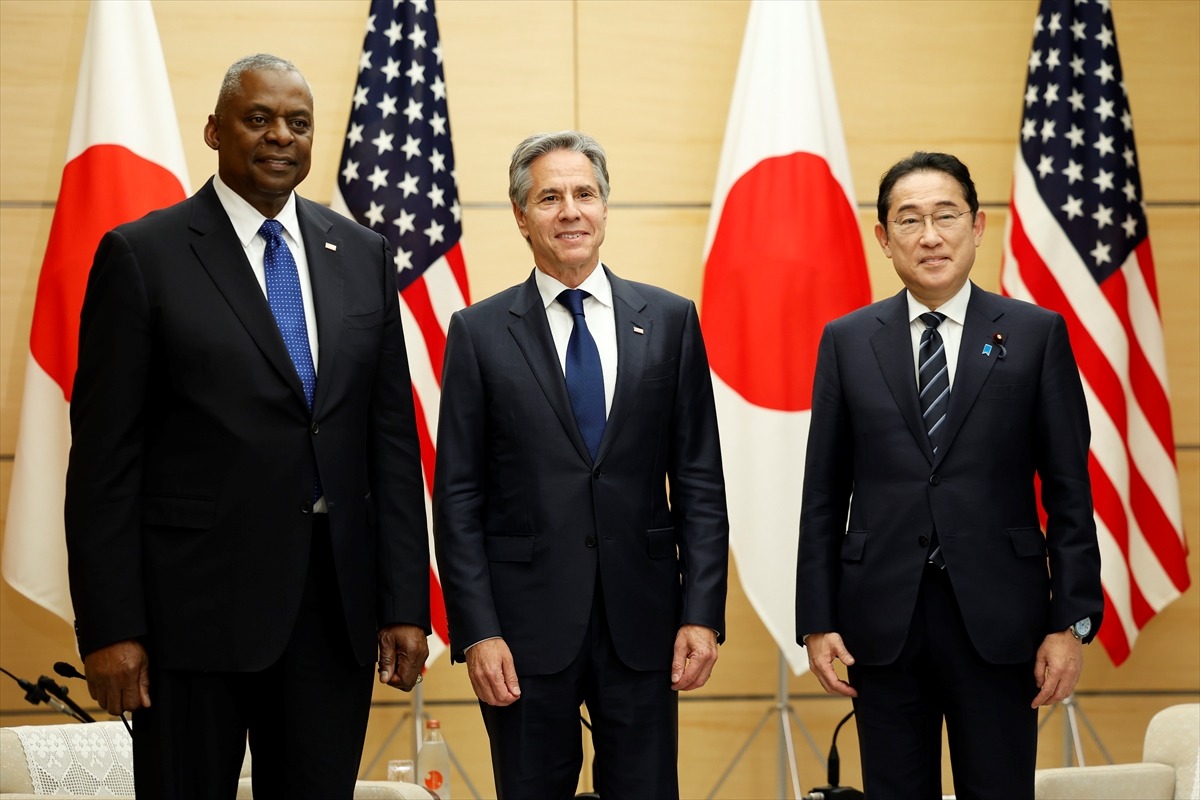
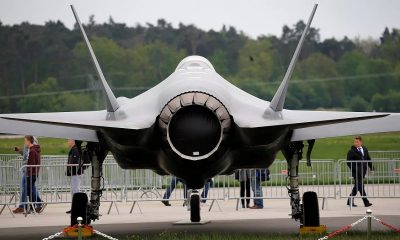
 EUROPE2 days ago
EUROPE2 days ago
 DIPLOMACY2 weeks ago
DIPLOMACY2 weeks ago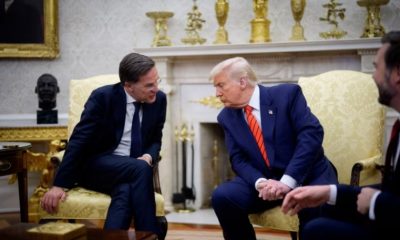
 EUROPE1 week ago
EUROPE1 week ago
 MIDDLE EAST2 weeks ago
MIDDLE EAST2 weeks ago
 EUROPE2 weeks ago
EUROPE2 weeks ago
 ASIA2 weeks ago
ASIA2 weeks ago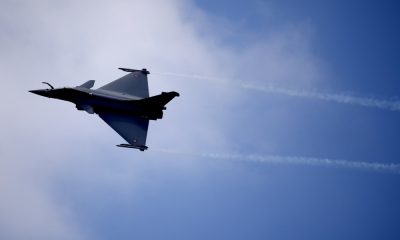
 EUROPE1 week ago
EUROPE1 week ago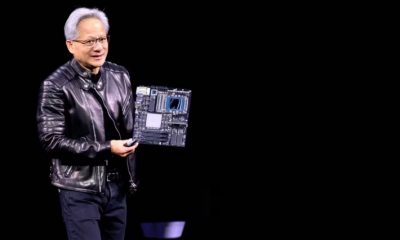
 AMERICA1 week ago
AMERICA1 week ago

